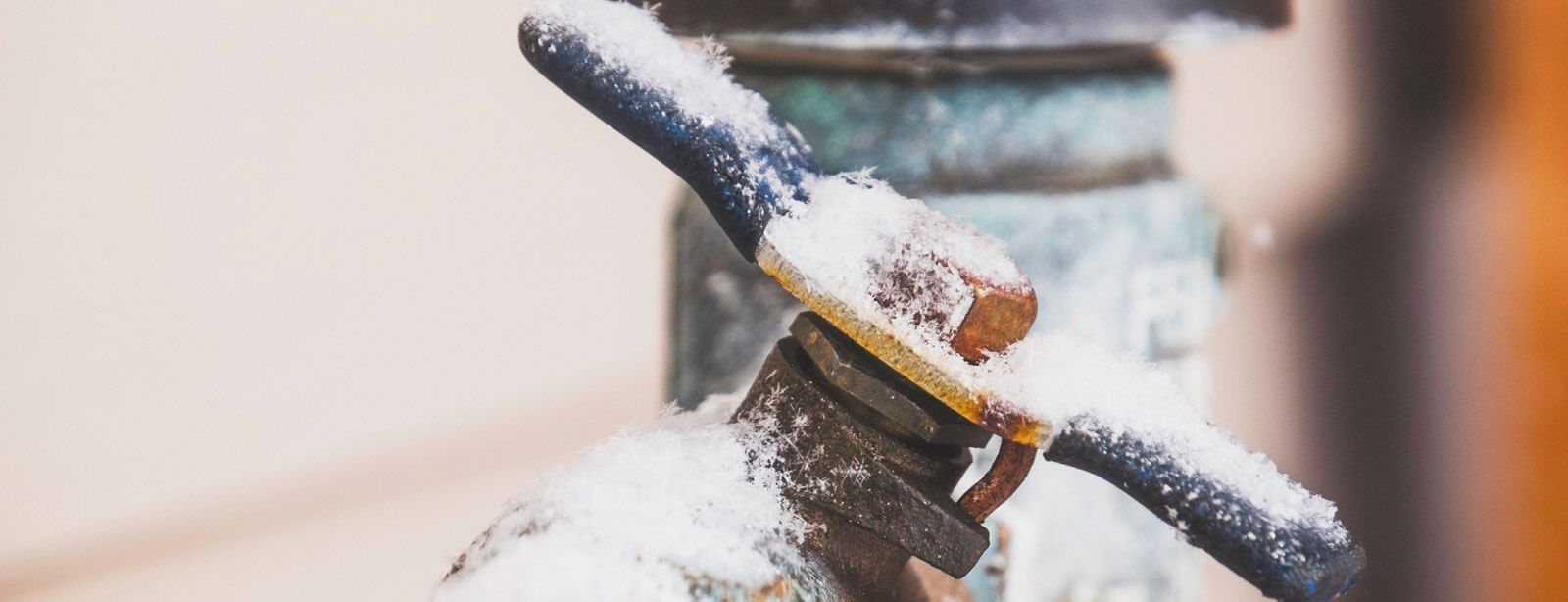Essential Tips for Preventing Frozen Plumbing in Cold Weather Seasons
Essential Tips for Preventing Frozen Plumbing in Cold Weather Seasons
Blog Article
Have you been hunting for know-how on Winter Plumbing Precautions: Preventing Frozen Pipes?

Cold weather can damage your plumbing, particularly by freezing pipes. Below's how to prevent it from taking place and what to do if it does.
Intro
As temperature levels decline, the threat of icy pipes boosts, possibly leading to costly repairs and water damages. Comprehending how to prevent frozen pipes is critical for home owners in cold environments.
Avoidance Tips
Protecting susceptible pipelines
Cover pipes in insulation sleeves or make use of warm tape to protect them from freezing temperatures. Concentrate on pipelines in unheated or outside areas of the home.
Heating strategies
Maintain interior areas adequately warmed, particularly areas with plumbing. Open up cupboard doors to permit warm air to flow around pipes under sinks.
How to recognize frozen pipes
Try to find decreased water flow from faucets, unusual smells or sounds from pipes, and noticeable frost on exposed pipes.
Long-Term Solutions
Architectural adjustments
Think about rerouting pipelines far from exterior walls or unheated locations. Add additional insulation to attic rooms, cellars, and crawl spaces.
Updating insulation
Buy top quality insulation for pipes, attics, and wall surfaces. Correct insulation assists maintain constant temperature levels and minimizes the threat of icy pipes.
Protecting Exterior Pipes
Yard tubes and exterior taps
Separate and drain pipes garden hoses before winter. Set up frost-proof faucets or cover outside faucets with shielded caps.
Recognizing Frozen Pipelines
What causes pipelines to freeze?
Pipelines freeze when revealed to temperature levels below 32 ° F (0 ° C) for prolonged durations. As water inside the pipes ices up, it expands, putting pressure on the pipe wall surfaces and possibly creating them to burst.
Risks and damages
Frozen pipes can cause supply of water disruptions, building damages, and expensive repair work. Burst pipes can flooding homes and cause considerable architectural damages.
Signs of Frozen Pipeline
Determining frozen pipes early can prevent them from breaking.
What to Do If Your Pipelines Freeze
Immediate actions to take
If you suspect icy pipes, keep faucets available to soothe stress as the ice melts. Use a hairdryer or towels taken in hot water to thaw pipelines slowly.
Verdict
Protecting against frozen pipes calls for positive measures and fast actions. By understanding the causes, indications, and preventive measures, house owners can secure their plumbing throughout winter.
5 Ways to Prevent Frozen Pipes
Drain Outdoor Faucets and Disconnect Hoses
First, close the shut-off valve that controls the flow of water in the pipe to your outdoor faucet. Then, head outside to disconnect and drain your hose and open the outdoor faucet to allow the water to completely drain out of the line. Turn off the faucet when done. Finally, head back to the shut-off valve and drain the remaining water inside the pipe into a bucket or container. Additionally, if you have a home irrigation system, you should consider hiring an expert to clear the system of water each year.
Insulate Pipes
One of the best and most cost-effective methods for preventing frozen water pipes is to wrap your pipes with insulation. This is especially important for areas in your home that aren’t exposed to heat, such as an attic. We suggest using foam sleeves, which can typically be found at your local hardware store.
Keep Heat Running at 65
Your pipes are located inside your walls, and the temperature there is much colder than the rest of the house. To prevent your pipes from freezing, The Insurance Information Institute suggests that you keep your home heated to at least 65 degrees, even when traveling. You may want to invest in smart devices that can keep an eye on the temperature in your home while you’re away.
Leave Water Dripping
Moving water — even a small trickle — can prevent ice from forming inside your pipes. When freezing temps are imminent, start a drip of water from all faucets that serve exposed pipes. Leaving a few faucets running will also help relieve pressure inside the pipes and help prevent a rupture if the water inside freezes.
Open Cupboard Doors
Warm your kitchen and bathroom pipes by opening cupboards and vanities. You should also leave your interior doors ajar to help warm air circulate evenly throughout your home.

We hope you liked our section about How to Prevent Your Pipes From Freezing. Thanks so much for finding the time to read through our post. Sharing is good. Helping people is fun. Kudos for being here. Don't forget to come by our site back soon.
Book My Estimate Report this page